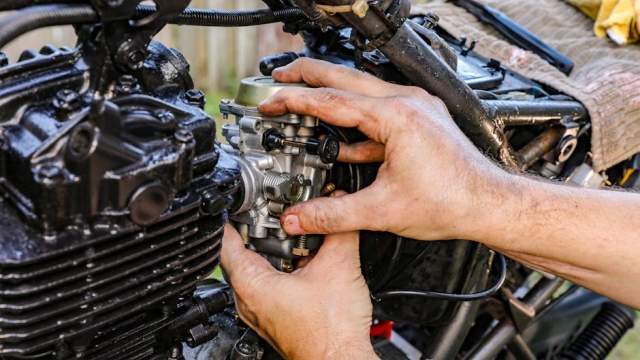
Ensuring the safety of commercial doors is a critical aspect of maintaining a secure and functional business environment. These entry and exit points not only facilitate access but also play a significant role in the overall safety and security of a facility. Understanding the various standards, best practices for maintenance, and compliance requirements surrounding commercial door safety is essential for business owners and facility managers alike.
Understanding Commercial Door Safety Standards
Commercial door safety standards are established guidelines that dictate how doors should be designed, installed, and maintained to promote safety. These standards often encompass aspects such as door strength, security features, accessibility, and emergency egress. Regulatory bodies and organizations set these standards to ensure that doors can withstand daily use while protecting occupants in the event of an emergency.
For instance, the Americans with Disabilities Act (ADA) outlines requirements for door accessibility, ensuring that all individuals, regardless of their physical abilities, can safely enter and exit buildings. Additionally, fire safety codes dictate the specifications for fire-rated doors, which are crucial for containing smoke and flames during a fire incident. Familiarizing oneself with these safety standards is the first step in promoting a safe environment within any commercial space.
Best Practices for Maintaining Safe Commercial Doors
Once the safety standards are understood, the next step is implementing best practices to maintain safe and functional commercial doors. Regular inspections and maintenance are key components of this process. Here are some actionable tips to enhance commercial door safety:
1. Conduct Regular Inspections
Routine inspections are vital in identifying potential hazards or wear and tear on commercial doors. Check for any signs of damage such as cracks, warping, or rust. Ensure that the door operates smoothly and that all hardware, such as hinges and locks, are functioning correctly.
2. Ensure Proper Installation
Correct installation of commercial doors is essential for safety and performance. Doors should be installed according to manufacturer specifications and applicable safety codes. Improperly installed doors can lead to malfunctions, compromising safety during emergencies.
3. Maintain Hardware and Components
Regularly lubricate hinges and other moving parts to prevent friction and wear. Ensure that locks are operational and secure, as a malfunctioning lock can create vulnerabilities in security. Replace any damaged hardware promptly to maintain the integrity of the door system.
4. Monitor Accessibility Features
If the commercial doors are equipped with accessibility features, such as automatic openers, ensure they are functioning correctly. Regularly test these features to guarantee they meet ADA standards, allowing safe access for all individuals.
5. Keep Emergency Exits Clear
Emergency exits must remain clear and accessible at all times. Establish regular checks to ensure that exit routes are not obstructed by furniture, signage, or other objects, allowing for quick evacuation during emergencies.
Regulatory Compliance for Commercial Door Safety
Compliance with safety regulations is not only a legal obligation but also an ethical responsibility for business owners. Failure to adhere to these standards can result in penalties and compromise the safety of occupants. It is crucial to stay informed about local building codes, fire safety regulations, and ADA requirements that pertain to commercial door safety.
Resources such as local building departments, fire marshals, and industry associations can provide guidance on compliance requirements. Engaging with professionals who specialize in commercial door services can also be beneficial, as they can assist in ensuring that doors meet all necessary safety and compliance standards. For more information on commercial door safety and related services, consider visiting Arizona Commercial Door Services.
In summary, prioritizing commercial door safety through understanding standards, implementing best maintenance practices, and ensuring compliance is essential for creating a safe and secure environment. By taking these steps, business owners can protect their assets and ensure the well-being of their employees and customers alike.
